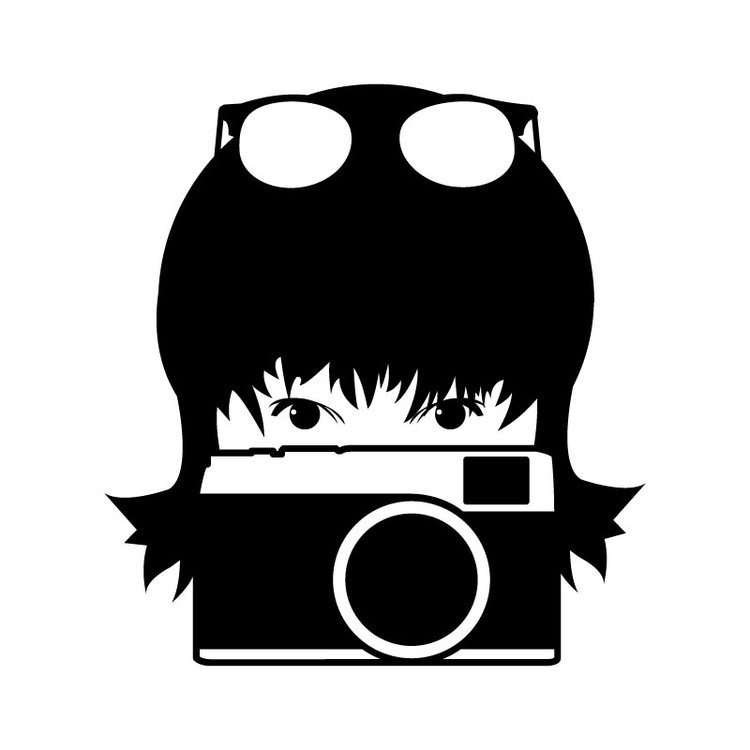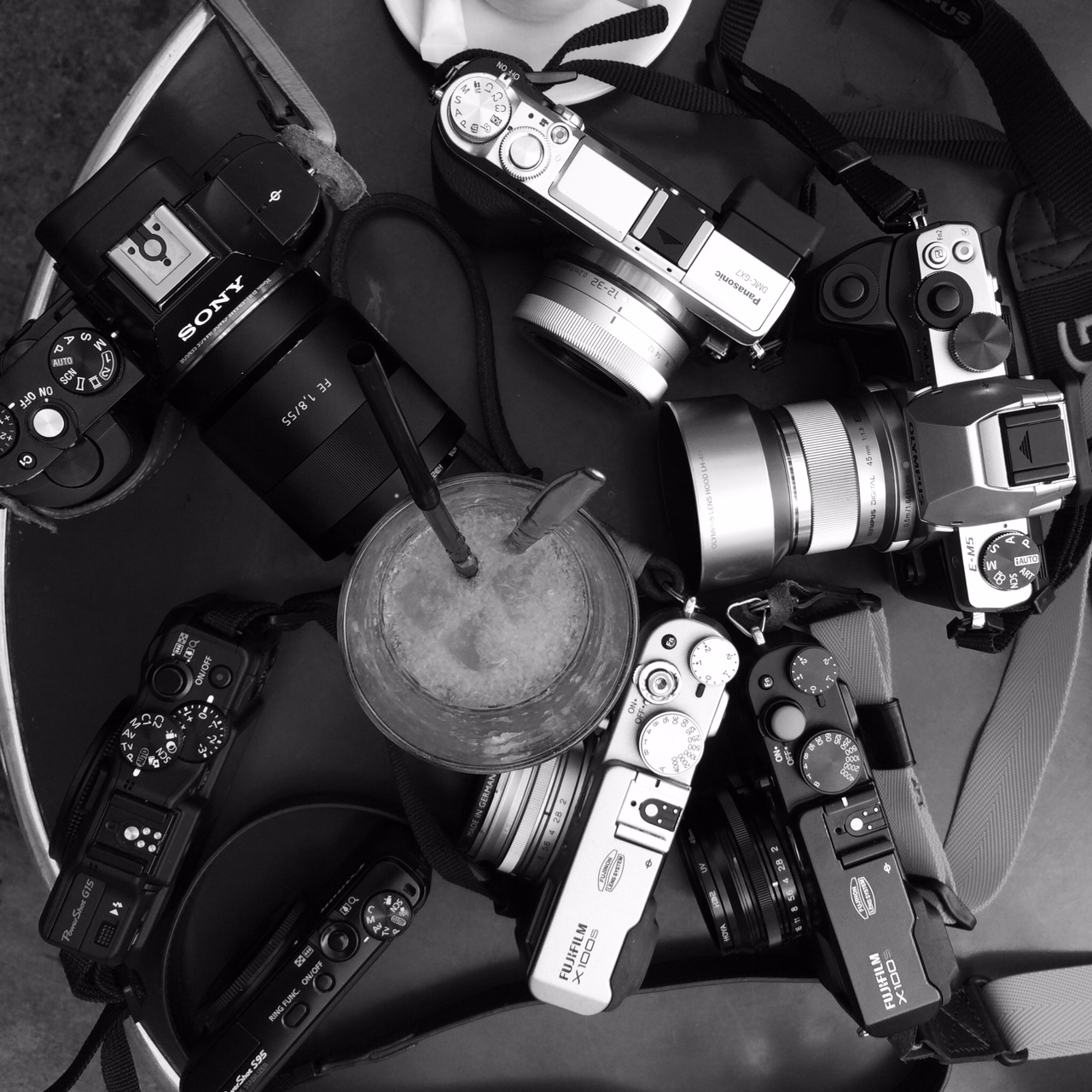Q: "Valerie, I love your photographs, there's a timelessness attached to them and very French if I may say so! These are in the tradition of the great French photographers of the fifties. One thing though, I'm dying to know what your settings are if you shoot Raw or Jpegs out of the camera. Hoping you will put me out of my misery. Best wishes." Alan Thomas.
A: "Thank you for the nice compliment Alan, made me blush! :)
As you probably know, I shoot almost exclusively with the Fuji x100s. I love its simplicity and user-friendly dials. I shoot RAW because I like the control it gives me. I don't spend much time in Lightroom but I like consistency and control in my B&W conversion. I don't use presets, I adjust each slider in seconds and the job is done. I have used the JPEG setting on many occasions and the fun filters. I have often set the format in square high contrast B&W with yellow filter and got great results that didn't differ much from the adjustments I make to my RAW files. Basically I shoot RAW out of habit more than anything else...
I shoot in Aperture Priority most of the time. A dial I use a lot is exposure compensation, which is very conveniently located on the x100s (not the case for every camera where you have to go into a menu to change it!)
My two cents: It's not about shooting Raw or Jpeg, full manual or auto, it's really about learning to see and know how to use your camera to tell your story. I see a lot of bad imagery shot in full manual mode and quite a lot amazing photography shot with camera phones. Vision is still the most indispensable element to produce good photography :)
I hope this answers your question. Happy shooting!" Valerie
If you received this blog post via email, click on the title to view the actual published post. If you found it useful, please leave a comment below and share your experience with the community. If you have a question, feel free to send it to Valerie for an upcoming Q&A blog post. This blog cannot exist without your questions!







